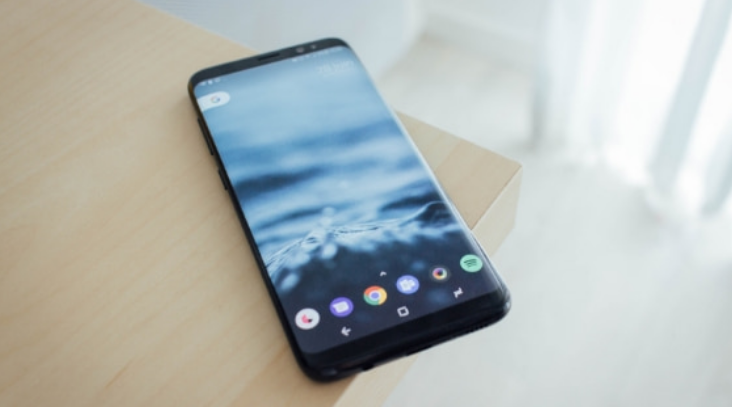
In the age of digital transformation, technology is quickly evolving, and consumer behavior is changing just as rapidly. Customers are no longer shopping exclusively in malls, nor are they shopping solely on their desktops. Instead, customers are shopping in-store, on their laptops, and on their phones, sometimes using more than one device at once. Being mobile-first means crafting your eCommerce strategy beginning from the smallest screen and working your way up, designing the user experience for usability and convenience at a customer's fingertips.
Below, we've outlined 3 best practices for implementing a mobile-first strategy in your eCommerce business:
- Optimize your site for mobile. This one sounds obvious, but it is the crux of a mobile-first philosophy. Optimizing for mobile means more than just making images responsive on smaller devices. There are nearly 200 million mobile shoppers in the US. Reach customers where they are by ensuring customers can access the information they need anywhere, even in-store on a mobile device. Make sure product ratings and reviews are visible on mobile, as 82% of shoppers consult their phones on purchases they are going to make while in-store. Additionally, allowing for mobile payment options like Apple Pay on your site creates a more seamless experience for your shoppers, and ultimately increases repeat purchases and brand loyalty. Finally, consider if your site passes the "thumb zone test," or if users have to put more effort into navigating your site than they want to. All of these are factors of mobile optimization and can mean the difference between a positive or negative customer experience.
- Incorporate mobile into your marketing strategy. Research shows that 77% of consumers want to receive their marketing messages via email, yet the majority of marketing emails go unopened. Email messages need to be optimized just as webpages do. In fact, desktop only represents 17% of all email opens, whereas mobile accounts for 47% of all opens. In addition to optimizing your email marketing, another way to better engage your customers is through text message marketing. SMS is the latest frontier of mobile marketing. 98% of text messages sent are read, and nearly 8 out of 10 businesses believe customers prefer SMS/text support. Email inboxes are flooded with irrelevant marketing content everyday, but texts from brands are still a relatively new concept. Connect with customers through loyalty programs, alerts about new promotions, or even status updates on online orders, all through text.
- Consider creating a mobile app. Research has shown that 72% of consumers think that mobile apps make shopping easier, and 46% said they are actually more likely to shop using mobile apps than they are to shop through a website. Despite many retailers focusing more efforts on mobile commerce, consumers still have a lingering concern that sites will be slow to load or awkward to use on their phones. Additionally, many websites are not built mobile-first and are missing sections or functions of the full website. This could explain the preference towards shopping on apps. Keep in mind that building a mobile app is extremely resource intensive, and the app should add significant value to the shopping experience in a way that your mobile site does not. Engage and delight customers on a mobile app with exclusive promotions, loyalty programs, and easy order management to make the investment worthwhile.
Embracing the mobile-first philosophy is quickly becoming mandatory for retailers. If you're interested in discussing how Virid can help you optimize for mobile, reach out here. For more content like this, subscribe to the Virid Newsletter, and be sure to follow Team Virid on Twitter, LinkedIn, and Facebook!

